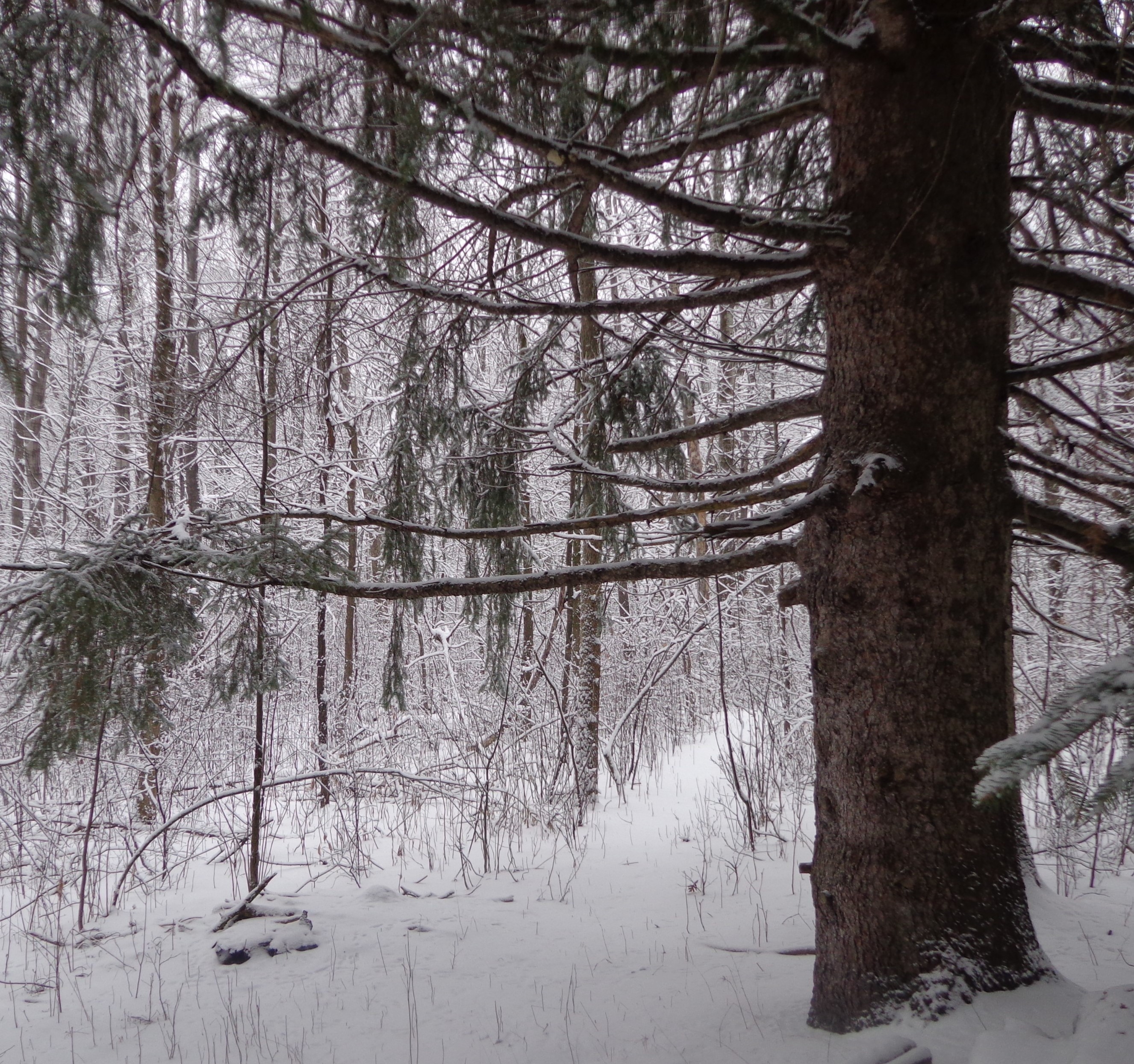first published in Tone Canada Magazine, Nov. 2020 by L.Fraser
We all heard about Seasonal Affective Disorder years ago. Media reported that people affected by S.A.D. need more daylight in winter to ward off depression. We got the message that being outside on a sunny winter day is uplifting.
It is not as commonly known that S.A.D. also involves mania. S.A.D. is not always sad, but it is always bipolar.
At its root, S.A.D. is the brain’s inability to regulate light coming in through the eyes. Light affects moods. S.A.D. can be caused by eye surgery and can appear later in life. It can be of varying degrees or severity.
Most people agree that they have more energy in spring / summer, and they feel slower or heavier in fall / winter. I think of this as a natural tendency toward hibernation. Circadian rhythms and biological clocks are cued by the sun. A time to sow and grow is followed by a time to harvest and rest. Traditionally, we have needed more energy for the long days of work and less energy for the dark days of rest. I wonder if the sun actually feeds our needs by giving us more energy in summer.
Anyone who has suffered from jetlag will attest to the discomfort of being out of sync with the sun. S.A.D. causes withdrawal or sadness or outright depression, starting around fall equinox. This can affect performance, sleep and appetite during winter. Spring Equinox is the most stressful time as days lengthen and short bouts of mania can appear. The mania increases until summer solstice and can continue right into the fall.
Mania is not always happy. Let’s be clear- mania is a busy-ness, a feeling of being driven, and although that can be positive (depending on the project), it can also be full of angst. It can be frantic or unfocused. Appetite and sleep are sacrificed for the project, and sometimes, sleep is just not possible.
Now for the wonderful news: pharmaceuticals are not required. S.A.D. can be effectively addressed by regulating light and dark on the brain’s behalf. As with jetlag, this can be accomplished with activity, light exposure and avoidance.
The most dangerous time for people with S.A.D. is spring. When manic episodes alternate with depression, a person can become suicidal. After all, impulse control is a manic symptom and the spring roller coaster ride is worthy of despair. (T.S. Elliot, who had S.A.D., wrote: “April is cruelest month.”)
The best way to interrupt the whole S.A.D. cycle is to stop the mania by wearing a sleep mask all summer. You will need 10 – 11 hours of darkness each night. (This means lying in bed in the morning with that mask on even though you want to jump into the day at dawn). If you are very manic, you must force sleep and wear sunglasses, even indoors.
As the days shorten, the sleep masks (or black out curtains) can be discarded as you try to get 12 hours light for your brain and 12 hours dark. As winter comes on, this must be accomplished by adding sunlight to your day with lightbulbs and outdoor activity.
‘Course you could always just move near the equator. Sun rises and sets every day at 6:30.











